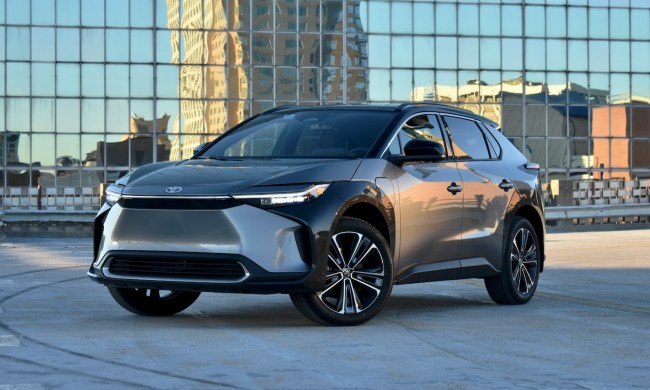Gas prices are low, school is out, and the summer road trip season has officially begun. And while this may spell fun and adventure for teens and new drivers, for their parents, this sudden influx of highway activity may be cause for concern.
The beginning of June heralded the start of what is often known as the 100 deadliest days of driving for teenagers, and now, in hopes of saving young drivers from becoming statistics, Verizon has introduced a new campaign to help increase safety for teens this summer. It’s called Hum, and it’s described as “an intuitive product that helps cars go from zero to smart in seconds.”
Comprised of three key components, the Hum system is contingent upon the reader, a speaker, and a companion app. The self-installed solution promises to make almost any car manufactured after 1996 “smarter, safer, and more connected” by way of the reader, which plugs directly into a car’s OBD-II port. With Hum, drivers will be privy to speed and boundary alerts, monitoring of vehicle location (including stolen vehicle assistance), vehicle diagnostics, a mechanics hotline, and even pinpoint and emergency roadside assistance.
And now, to encourage parents to purchase Hum for their children (or themselves), Verizon is offering a credit back for the equipment fee, activation fee, and the first three months of service.
“Hum gives teen drivers and their parents peace of mind knowing they can be assisted while they’re driving and when issues arise,” said Jay Jaffin, vice president of marketing at Verizon Telematics. “With the ability to locate your teen driver’s car directly from your smartphone, you can even set alerts to notify you when the car crosses a pre-defined boundary, or exceeds a pre-defined speed.”
“If your teen tells you they’re going to the library, you can set a boundary alert that can send you a text message if they’re actually going somewhere else instead. You can also get a text message when your teen’s car is going above a speed you’re comfortable with,” Jaffin added.
So while you can’t be in the car with your kid all the time, this may be the next closest thing.


